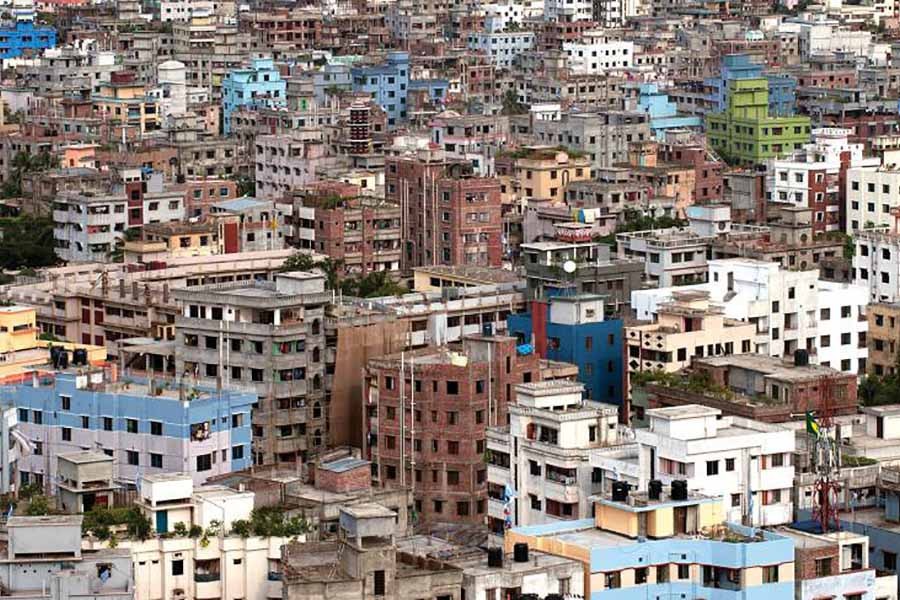That Dhaka does still have a future as a city would surely raise hope among millions living in and around it in a pitiable and inhospitable environment. Most people tend to believe that the future of Dhaka is doomed. The rating that Dhaka received from many international agencies in recent times has only strengthened the negative perception about the country's capital city. But a report unveiled by the World Bank (WB) late last week might arouse some hope about the future of Dhaka that was ranked as one of the worst cities in the world, in terms of liveability, on a number of occasions in the recent past.
The WB report says that Dhaka has a golden opportunity to expand eastward---eastern part is still rural-- in a planned manner. It notes few mega cities in the world are blessed with such a prospect. However, such expansion would entail huge cost, collaboration among relevant agencies and concerted implementation efforts. This is a tall order in Bangladesh context.
The proposed development and interventions in the eastern part, according to the WB report, would require a substantial cost---US$15 billion. But the return from the investment, in terms of increased economic activities, would be an attractive one---$53 billion. The planned urbanisation of eastern part of the capital, according to the WB estimate, would create about 1.8 million additional jobs and accommodation for 5.0 million more people.
These are ear-soothing statistics: many problems Dhaka has been facing for long would largely be solved. All this is in the future. But the present situation is unbearable. The population of Dhaka is now over 1.8 million and 3.5 million of them are living in slums. Estimation is that Dhaka's population would soar to 25 million by the year 2035. How would the city cope with the pressure of such a huge population? The average driving speed in Dhaka is now 7 kilometres, equivalent to the normal speed of a manually-driven rickshaw. One can well guess what would happen with traffic movement after four to five years.
The availability of fund for eastward expansion of the city may not pose a serious problem, for, both multilateral and bilateral donors should be interested in the project. But what would be really difficult is to ensure coordination among relevant development agencies and execution of plans and programmes as per schedule. The building of all physical infrastructures, roads, utility service networks befitting to a modern city would be a daunting task. And migration to the newly-built areas should be allowed only after all the facilities are ready.
Even if the expansion of the city eastward takes place in a planned manner, this would not reduce the problems the city-dwellers are now facing day in and day out, unless the government shifts its major establishments and businesses their main activities to the expanded part of the city. The situation might ease to some extent due to such shifting. The question now is: will the government take the suggestion of the World Bank?


